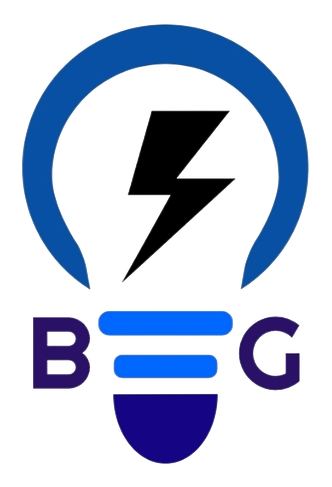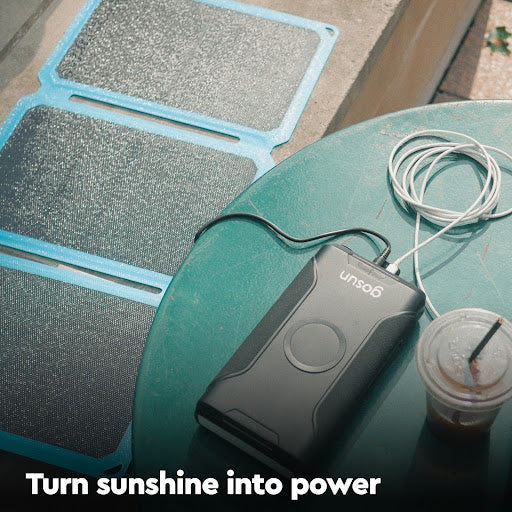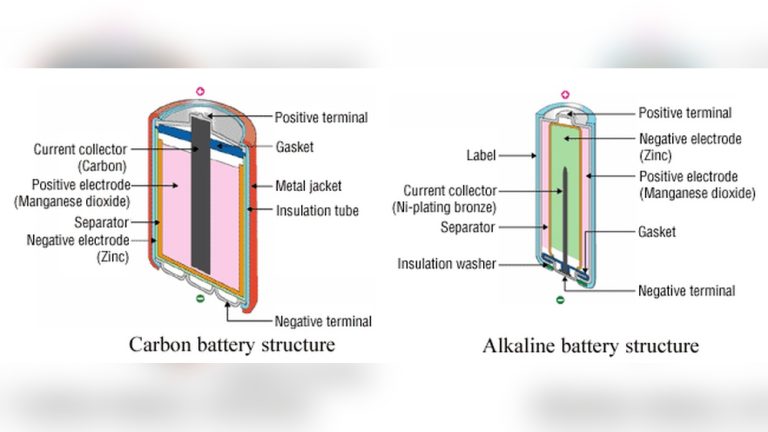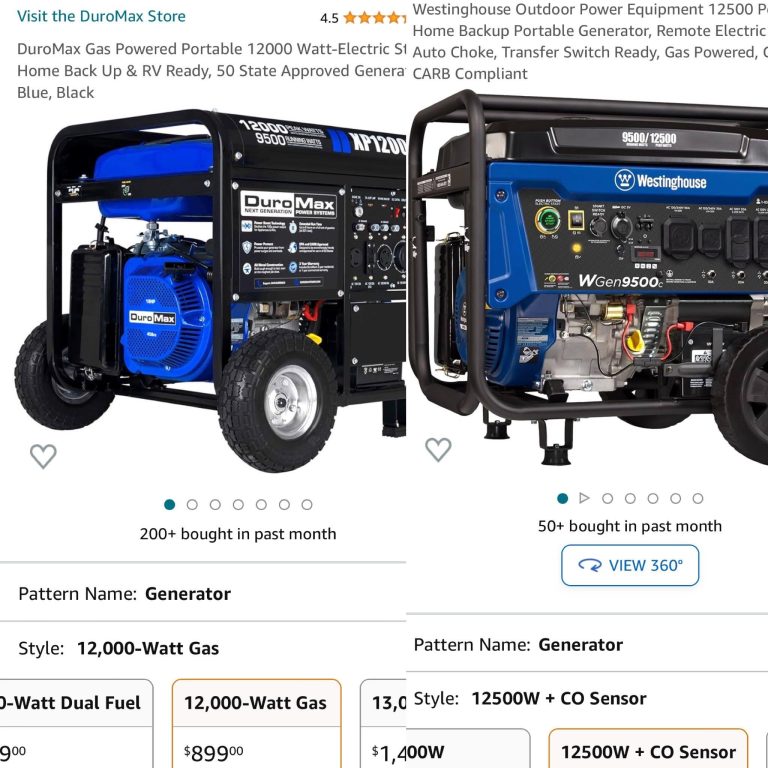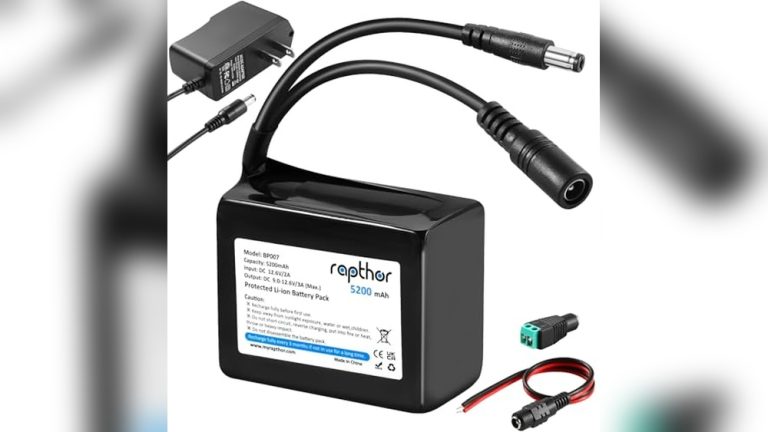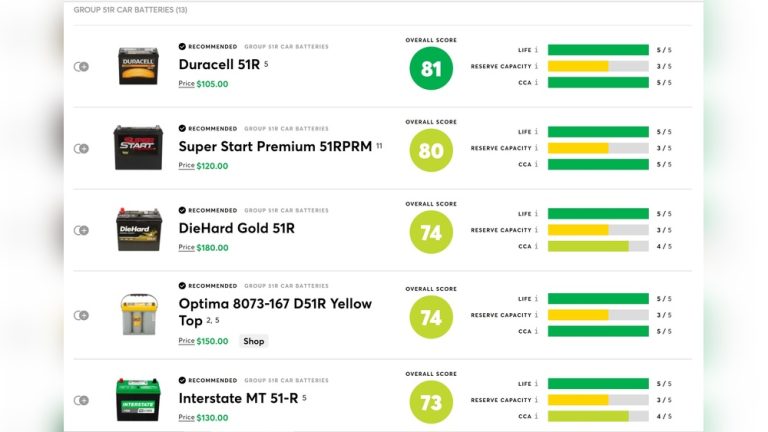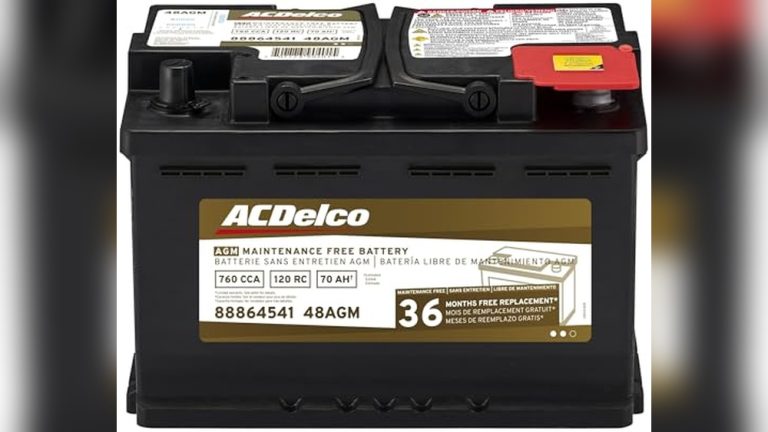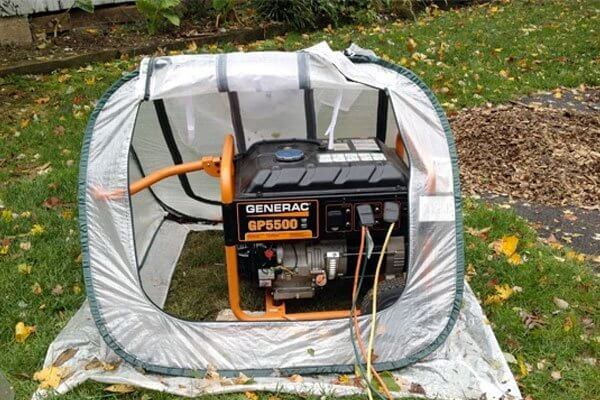How Long Does It Take to Charge a Solar Generator: Quick Guide
Charging a solar generator can take anywhere from a few hours to several days. The exact time depends on various factors, such as the size of the generator and the amount of sunlight.
Solar generators are an excellent way to harness renewable energy. They provide a reliable power source for various needs. Understanding the charging time is crucial for effective planning. Factors like solar panel efficiency, battery capacity, and weather conditions play a role.
Knowing the average charging time helps in making informed decisions. This guide will explore the different aspects that influence the charging duration of a solar generator. Whether you’re using it for camping or emergency backup, this information will be useful. Let’s dive into the details to help you better understand solar generator charging times.
Introduction To Solar Generators
Solar generators are becoming popular for their eco-friendly power solutions. They use solar panels to capture sunlight and convert it into electricity. This electricity is then stored in a battery for later use. Many people use solar generators for camping, emergency power, and reducing their carbon footprint. But how long does it take to charge a solar generator? First, let’s understand what a solar generator is and its benefits.
What Is A Solar Generator?
A solar generator is a device that uses solar panels to capture and convert sunlight into electricity. This electricity is stored in a battery, which can be used to power various devices. Solar generators consist of three main parts:
- Solar Panels: These capture sunlight and convert it into electricity.
- Battery: Stores the electricity for later use.
- Inverter: Converts the stored electricity into a form that can power devices.
Solar generators are portable, making them ideal for outdoor activities and emergency situations. They provide a renewable energy source, which reduces reliance on traditional power sources.
Benefits Of Solar Generators
Solar generators offer several benefits:
- Eco-Friendly: They use renewable energy from the sun, reducing carbon emissions.
- Cost-Effective: After the initial investment, sunlight is free, reducing electricity bills.
- Portability: They are lightweight and easy to transport, ideal for outdoor activities.
- Quiet Operation: Unlike traditional generators, solar generators are silent.
- Low Maintenance: They have fewer moving parts, reducing the need for maintenance.
These benefits make solar generators an attractive option for anyone looking to use renewable energy. They provide a reliable power source, especially in remote areas. Their quiet operation and low maintenance requirements add to their appeal.
Factors Affecting Charging Time
Understanding the factors affecting charging time helps maximize your solar generator’s efficiency. Key elements impact how quickly your generator charges. Two crucial factors are solar panel efficiency and battery capacity.
Solar Panel Efficiency
Solar panel efficiency determines how well panels convert sunlight into energy. Higher efficiency panels produce more power in less time. This means faster charging for your solar generator. Choose high-quality panels to achieve the best results.
Panel orientation and location also play a role. Panels must receive maximum sunlight throughout the day. Shaded or poorly positioned panels slow down the charging process. Regularly clean panels to ensure optimal performance.
Battery Capacity
Battery capacity refers to how much energy a battery stores. Larger capacity batteries take longer to charge fully. However, they provide more power for longer periods. Assess your energy needs to choose the right battery size.
Battery type also affects charging time. Lithium-ion batteries charge faster and last longer than lead-acid batteries. Investing in high-quality batteries improves overall efficiency.
Consider these factors to ensure your solar generator meets your energy needs. Optimizing solar panel efficiency and battery capacity will lead to faster, more reliable charging.
Types Of Solar Generators
Charging times for solar generators depend on the model and sunlight conditions. Smaller units can take 4-8 hours, while larger systems may need 8-16 hours. Optimal sunlight speeds up the process.
Solar generators come in different types to suit various needs. Understanding these types can help you choose the right one. Let’s explore the main types: portable and stationary solar generators.Portable Solar Generators
Portable solar generators are small and easy to carry. They are ideal for outdoor activities like camping and hiking. These generators usually have a lower power capacity. This means they charge faster than larger units. You can charge them with solar panels, wall outlets, or car chargers. Their compact size makes them convenient for travel.Stationary Solar Generators
Stationary solar generators are larger and meant for home or business use. They have higher power capacities. This means they can power more devices for longer periods. Charging these generators takes longer. They rely mainly on solar panels. Some models also support wall outlet charging. These generators are perfect for backup power during outages. Their robust design ensures long-term use. “`
Credit: gosun.co
Charging Methods
Understanding the different methods to charge a solar generator is essential. Each method has its pros and cons. It affects the time it takes to fully charge your generator. Let’s explore the main charging methods: Direct Sunlight Charging and AC Outlet Charging.
Direct Sunlight Charging
Direct sunlight is the most eco-friendly way to charge a solar generator. It uses solar panels to convert sunlight into electricity. The charging speed depends on the sunlight’s intensity and the panel’s efficiency. On a sunny day, it can take 5 to 8 hours to charge a generator fully. Cloudy days or shaded areas may slow down the charging process. It’s best to position the panels where they receive maximum sunlight.
Ac Outlet Charging
AC outlet charging is a convenient and fast method. You can plug the generator into a standard wall outlet. This method usually takes 4 to 6 hours to charge the generator fully. It’s ideal for use at home or in places with accessible power sources. AC outlet charging is handy when sunlight is not available. Always monitor the charging process to avoid overcharging and prolong the battery life.
Average Charging Times
Understanding the average charging times for solar generators can help in planning. Charging time depends on the generator’s capacity and the solar panel’s efficiency. Let’s explore the typical charging times for different capacities.
Small Capacity Generators
Small capacity generators usually range between 100-300 watts. These generators are ideal for basic needs like charging phones or small devices. On average, they take about 4-6 hours to fully charge under optimal sunlight conditions. Cloudy days may extend this time to 8-10 hours.
Large Capacity Generators
Large capacity generators range from 1000 watts and above. They are suitable for powering larger appliances or multiple devices. These generators may take 10-12 hours to charge in full sunlight. On overcast days, charging might extend to 15-20 hours. Using multiple solar panels can reduce charging time significantly.

Credit: blog.ecoflow.com
Tips To Reduce Charging Time
Charging a solar generator can take time. But, there are ways to reduce this time. By following a few practical tips, you can charge your solar generator faster. Here are some effective tips to help you minimize charging time.
Optimal Sunlight Exposure
Place your solar panels in direct sunlight. Avoid shaded areas. The best time to charge is during peak sunlight hours. These hours are usually between 10 AM and 4 PM. Adjust the angle of your solar panels. Make sure they face the sun directly. This maximizes the amount of sunlight they receive. Keep the panels clean. Dust and dirt can block sunlight. Clean them regularly for better efficiency.
Using High-efficiency Panels
Choose high-efficiency solar panels. They convert more sunlight into energy. This means faster charging times. Look for panels with a high wattage rating. Higher wattage panels generate more power. This can significantly reduce charging time. Some panels come with advanced technology. These can work better in low-light conditions. Consider investing in these for more reliable performance.
Maintenance And Care
Maintaining and caring for your solar generator ensures it works efficiently. Regular upkeep prolongs its lifespan and enhances performance. Below are key aspects of maintenance and care.
Regular Battery Check
Check the battery’s health often. This prevents unexpected failures. Use a multimeter to measure voltage levels. A healthy battery should show a specific voltage range. Refer to the user manual for exact figures.
Inspect for any signs of wear or damage. Swelling or leaks indicate a problem. Replace the battery if any issues arise. Regular checks ensure your solar generator stays reliable.
Cleaning Solar Panels
Clean solar panels to maintain efficiency. Dirt, dust, and grime reduce power generation. Use a soft cloth and mild detergent for cleaning. Avoid harsh chemicals that may damage the panels.
Follow these steps for effective cleaning:
- Turn off the solar system before cleaning.
- Use a soft brush to remove loose dirt.
- Mix water with mild detergent.
- Wipe the panels gently with a soft cloth.
- Rinse with clean water.
- Dry with a soft towel.
Clean your panels every few months. More frequent cleaning may be needed in dusty areas. This keeps your solar generator charging efficiently.

Credit: poweredportablesolar.com
Frequently Asked Questions
How Long To Charge A Solar Generator?
Charging time varies based on the generator model and solar panel efficiency. Typically, it takes 5-8 hours under optimal sunlight conditions.
What Affects Solar Generator Charging Time?
Factors include solar panel size, weather conditions, generator capacity, and sunlight intensity. Larger panels and sunny days reduce charging time.
Can I Charge A Solar Generator On Cloudy Days?
Yes, but charging is slower. Solar panels produce less power on cloudy days, extending the charging time significantly.
Do Solar Generators Charge Faster With Multiple Panels?
Yes, using multiple solar panels increases power input, reducing the overall charging time of the solar generator.
Conclusion
Charging a solar generator depends on several factors. Sunlight, panel efficiency, and generator size all play roles. Understanding these helps you plan better. Always check your device’s specifications. Keep your panels clean and well-positioned. This maximizes charging efficiency. With patience and proper setup, your solar generator stays ready.
Sustainable energy is a smart choice. Embrace it for a greener future.
